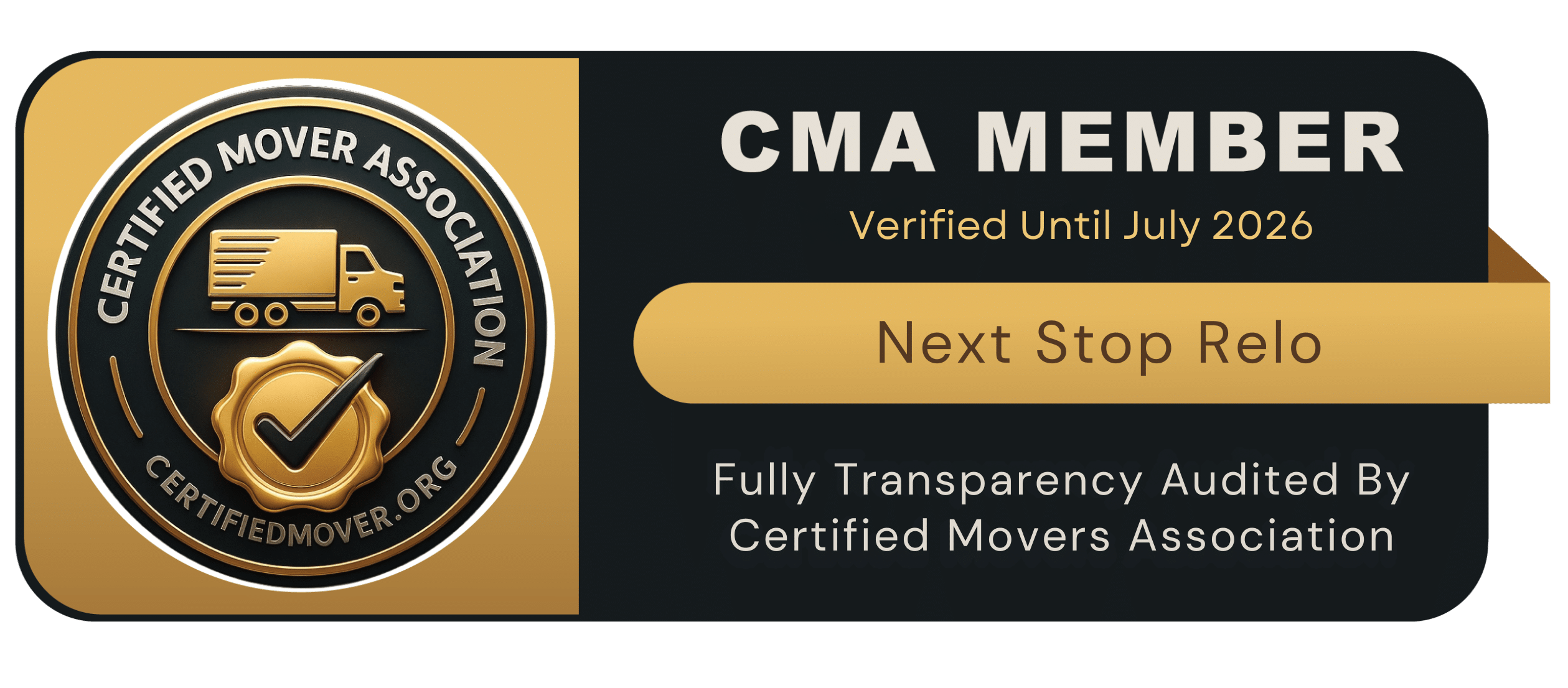Preparing for Your Upcoming Move: A Comprehensive Guide to a Stress-Free Relocation
Moving, whether across town or across the country, is a major life event. It’s a time of change, excitement, and often, a fair amount of stress. However, with careful planning and preparation, you can transform your move from a chaotic ordeal into a smooth and organized transition. This comprehensive guide will walk you through every step of preparing for your upcoming move, ensuring a stress-free and successful relocation.
Phase 1: Planning and Organization (8-12 Weeks Before Moving Day)
This initial phase is crucial for laying the groundwork for a successful move.
- Set a Moving Date: Confirm your moving date as soon as possible. This will allow you to begin scheduling movers, utilities, and other essential services.
- Create a Moving Budget: Determine how much you’re willing to spend on your move. Factor in costs for movers, packing supplies, transportation, utilities, and any other related expenses.
- Research and Hire Movers (If Applicable): If you’re hiring professional movers, start your research early. Get quotes from multiple companies, check their credentials (FMCSA licensing and insurance), and read online reviews. Book your movers well in advance, especially during peak moving seasons.
- Decide on DIY vs. Professional Move: Evaluate whether you’ll handle the move yourself or hire professionals. Consider factors like your budget, the distance of your move, the amount of belongings you have, and your physical capabilities.
- Create a Moving Checklist: Develop a detailed moving checklist to keep track of all tasks and deadlines. This will help you stay organized and prevent anything from falling through the cracks.
- Notify Important Parties: Inform relevant parties of your upcoming move, including:
- Landlord or property manager
- Utility companies (electricity, gas, water, internet, cable)
- Post office (for mail forwarding)
- Banks and financial institutions
- Insurance companies
- Subscription services
- Doctors, dentists, and other healthcare providers
- Schools (if applicable)
- DMV (for address changes on driver’s license and vehicle registration)
- Start Decluttering: Begin decluttering your home room by room. Get rid of items you no longer need, use, or love. You can donate, sell, or discard these items. This will reduce your moving costs and make packing easier.
- Create a Moving Binder or Digital Folder: Organize all your moving-related documents, including contracts, estimates, receipts, and contact information, in a physical binder or a dedicated digital folder.
Phase 2: Packing and Preparation (4-8 Weeks Before Moving Day)
This phase focuses on preparing your belongings for transport.
- Gather Packing Supplies: Collect all the necessary packing supplies, including:
- Boxes in various sizes
- Packing tape
- Bubble wrap
- Packing paper
- Markers
- Labels
- Furniture blankets
- Start Packing Non-Essentials: Begin packing items you don’t use regularly, such as out-of-season clothing, decorations, and books.
- Pack Room by Room: Focus on packing one room at a time to stay organized and avoid feeling overwhelmed.
- Label Boxes Clearly: Label each box with its contents and the room it belongs in. This will make unpacking much easier.
- Create an Inventory List: Create a detailed inventory list of your belongings. This will be helpful for insurance purposes and for ensuring all your items arrive at your new home.
- Pack a “First Night” Box: Pack a box with essential items you’ll need for your first night in your new home, such as toiletries, medications, a change of clothes, and basic toiletries.
- Disassemble Furniture (If Necessary): Disassemble any furniture that needs to be taken apart for transport. Keep all hardware in labeled bags and tape them to the corresponding furniture pieces.
- Arrange for Pet and Plant Transportation: If you have pets or plants, make arrangements for their safe transportation.
- Confirm Moving Details with Movers: If you’re hiring movers, confirm all the details of your move, including the date, time, and services.
Phase 3: The Final Countdown (1-2 Weeks Before Moving Day)
This phase involves finalizing all the details and preparing for moving day.
- Confirm Utilities at New Home: Contact utility companies to schedule service activation at your new home.
- Clean Your Current Home: Thoroughly clean your current home, especially if you’re renting.
- Defrost Your Refrigerator: Defrost your refrigerator at least 24 hours before moving day.
- Dispose of Hazardous Materials: Dispose of any hazardous materials, such as paint, chemicals, and cleaning supplies, according to local regulations.
- Confirm Mail Forwarding: Double-check that your mail forwarding is set up correctly.
- Pack a “Essentials” Bag: Pack a small bag with essential items you’ll need during the move, such as snacks, water, medications, and important documents.
- Confirm Moving Day Logistics with Movers: Reconfirm all the logistics with your movers, including the arrival time and any special instructions.
Phase 4: Moving Day
This is the day you’ve been preparing for.
- Be Present During Loading: If you’re using movers, be present during the loading process to answer any questions and ensure everything is handled correctly.
- Do a Final Walk-Through: Do a final walk-through of your old home to ensure nothing has been left behind.
- Keep Valuables with You: Keep valuable items, such as jewelry, cash, and important documents, with you during the move.
- Provide Movers with Clear Directions: Provide your movers with clear directions to your new home.
- Supervise Unloading at New Home: Be present during the unloading process at your new home to direct the movers and ensure everything is placed in the correct rooms.
Phase 5: Settling In (After Moving Day)
The move isn’t over until you’re settled in.
- Unpack Essentials First: Unpack your essential items first, such as bedding, toiletries, and kitchen supplies.
- Check Utilities: Ensure all utilities are working correctly at your new home.
- Update Your Address: Update your address with all relevant parties, including banks, credit card companies, and government agencies.
- Explore Your New Neighborhood: Take some time to explore your new neighborhood and get acquainted with your surroundings.
Minimizing Stress During Your Move
Moving can be stressful, but there are things you can do to minimize the impact:
- Stay Organized: A well-organized move is a less stressful move.
- Start Early: Give yourself plenty of time to prepare.
- Ask for Help: Don’t be afraid to ask for help from friends and family.
- Take Breaks: Don’t try to do everything at once. Take breaks and pace yourself.
- Stay Positive: Focus on the positive aspects of your move and the exciting new chapter ahead.
By following this comprehensive guide and taking the necessary steps to prepare for your upcoming move, you can ensure a smooth, organized, and relatively stress-free relocation. Remember, proper planning and execution are key to a successful move.





